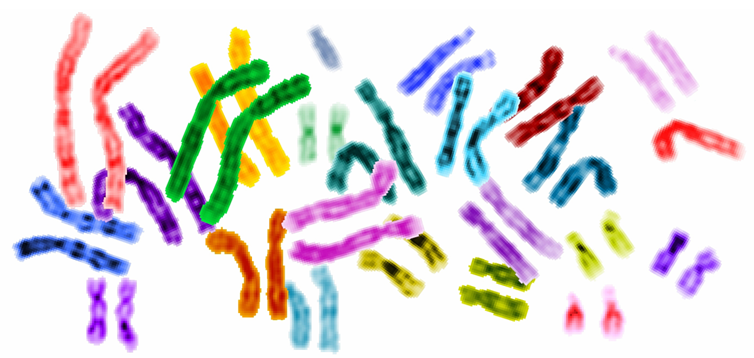New genome editing tool will revolutionize biology, gene therapy
By Taylor Randell, Contributing Writer
CRISPR (clustered regularly interspaced short palindromic repeats), a new genome editing tool, has been referred to as “the discovery of the century,” promising to revolutionize biology. First observed in 1987, CRISPRs are naturally occurring DNA sequences found in bacteria used for defense systems against viruses, though CRISPR was not used until 2012, when Doudna & Charpentier et al. published a paper describing how to manipulate this system for use in vivo (in a living organism) via the Cas9 protein.
In bacteria, a set of enzymes referred to as CRISPR-associated proteins (Cas) are found between CRISPR sequences. CRISPR sequences themselves match the DNA of viruses, and the Cas proteins have the ability to use these sequences as a way to identify and slice up viral genomes.
Cas9 (a specific Cas enzyme from the Streptococcus pyogenes bacteria) has been combined with CRISPR to form the CRISPR/Cas9 system, which, simply put, works by having the CRISPR tell the Cas9 exactly where to snip. This means that scientists must merely feed the Cas9 the sequence (called an RNA guide) of the gene they wish to remove/insert, and they can cut and paste desired DNA into the genome at the chosen locations.
Other molecular genetic techniques are far less precise than CRISPR, as the CRISPR system is tailored to specific genes. CRISPR also allows for much faster in vivo incorporation. Traditional methods require a minimum of three generations to successfully incorporate one gene into model organisms, whereas CRISPR can insert multiple genes at once in one generation. CRISPR can also be used on a wide array of species beyond the limited scope of model organisms, allowing for new organisms, including humans, to be studied in ways not previously possible.
To those not well versed in molecular genetics, the importance of CRISPR may not be fully grasped. But CRISPR can potentially transform biology and will undoubtedly touch the lives of millions. CRISPR can become a major force in ecology and conservation: being used to stop the spread of malaria-causing mosquitoes, halt invasive weed species, or create genetically enhanced crops.
However the largest excitement surrounding CRISPR is in relation to its use on human genomes. CRISPR promises to be a game changer in the field of gene-therapy with the potential to directly edit harmful genes, providing cures for genetic conditions such as Huntington’s disease. Although CRISPR is not yet ready for clinical use, the coming years are guaranteed to be filled with mindboggling breakthroughs in gene therapy and personalized genetic treatments due to CRISPR.
Then again, with the immense power of CRISPR comes an onslaught of ethical dilemmas. If CRISPR can alter harmful genes, what other genes could it alter? Why not alter embryos to produce children that are taller, smarter, faster, and stronger? CRISPR will usher in a new era of medical advances accompanied by moral conundrums, blending the complexities of molecular genetics with legal, political, religious, and ethical considerations that will spark controversy for years to come.

